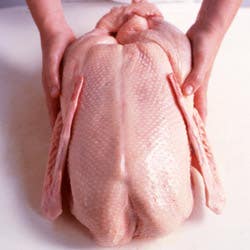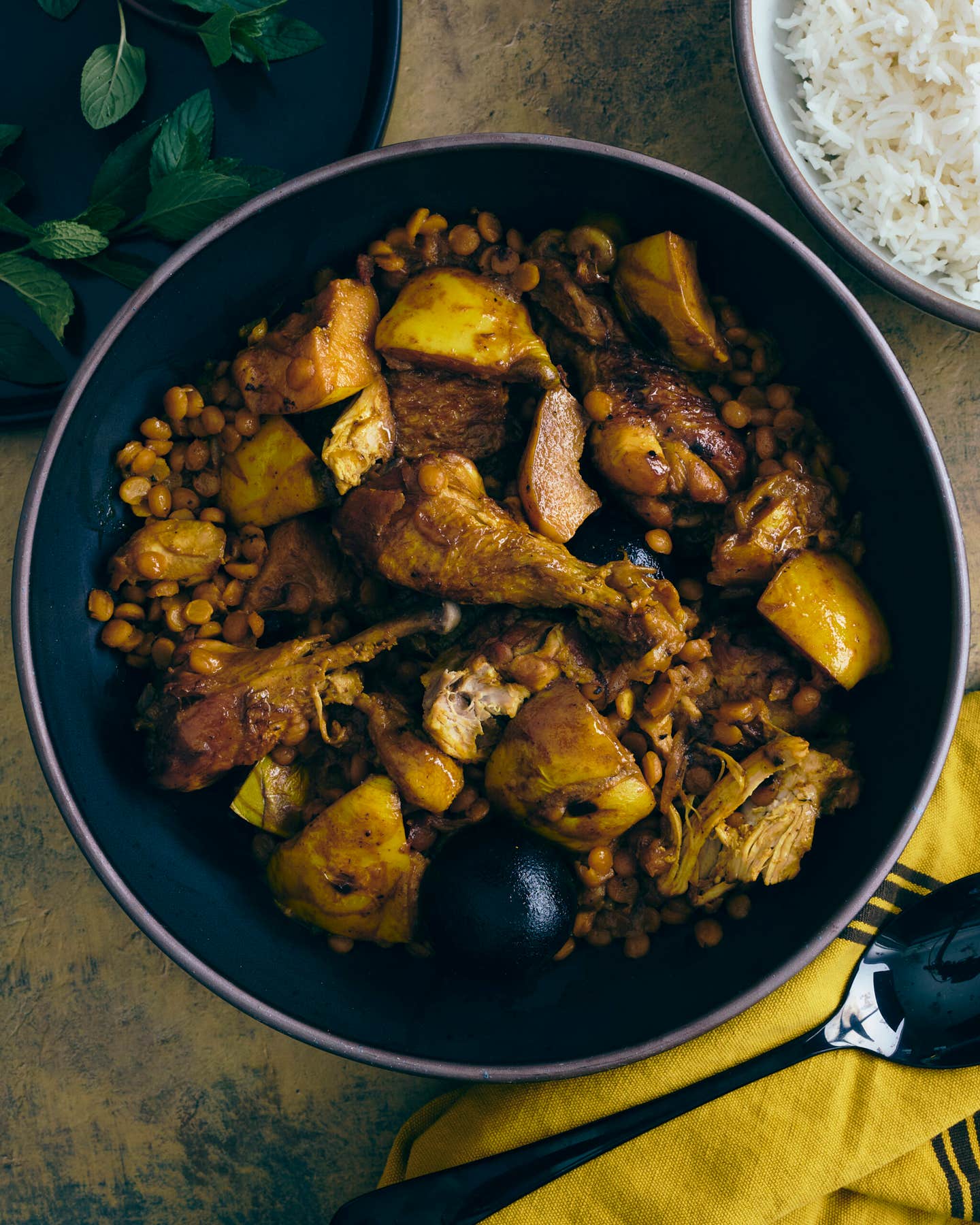
A Goose Tale
In Vienna, fresh geese are readily available during the winter months. In America, however, most stores stock only frozen geese—and even those tend to be scarce from February to October. Why? Demand for the bird is not nearly as high here, and most commercially raised geese are on a tight production schedule that revolves around creating enough supply for the holidays: they are primed to mate in January, so the eggs hatch in April and the goslings can reap the benefits of the spring sun. The birds are harvested at about 18 weeks, flash-frozen, and stored until orders come in. Geese lose some tenderness and flavor when frozen, but the difference isn't so great that you should eschew this type if you can't find a fresh bird. Here are tips for cooking both versions:
PREPARING If using a frozen goose, thaw bird in the refrigerator (this may take up to three days). With fresh or frozen birds, pluck any stray quills with tweezers or pliers. Trim off neck skin and any other excess skin. Remove fat deposits from cavity. Prick skin all over with the tip of a small sharp knife, avoiding flesh, to help release fat during cooking.
COOKING Siphon or skim fat from roasting pan about every 30 minutes. Strain and use as frying fat. It will keep in the freezer for up to six months.
Keep Reading
Continue to Next Story










